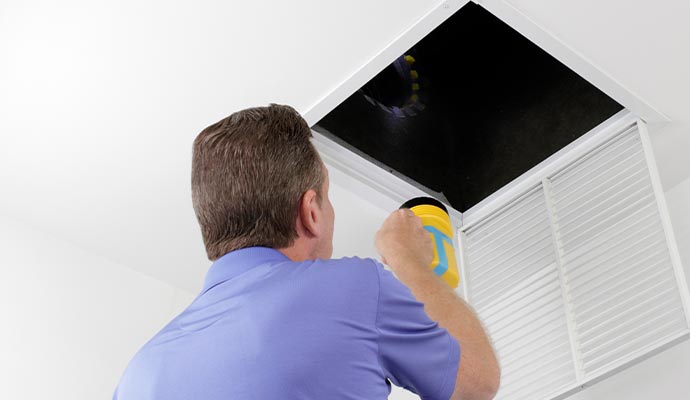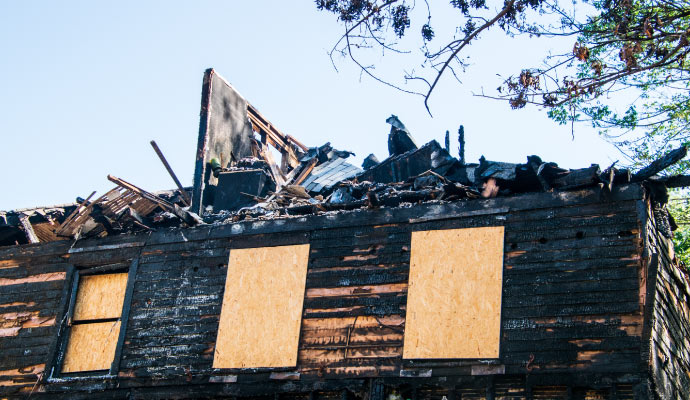Top Tips For Fire Prevention: Season to Season
Fire prevention tips: Winter to Spring
As winter transitions into spring, it's important for homeowners to be mindful of potential fire hazards in and around their homes. As the seasons change, so does the weather. At once we are in a moderate early winter and then we are in a heavy rain season in the blink of an eye. What’s a homeowner to do to protect your home along the way? Here are a few things to consider and a few tips for preventing potential future fire danger during this time. A checklist of simple, proactive actions that will help reduce the threat of fire damage for months to come:

Clean gutters and downspouts: During the winter, gutters and downspouts can collect leaves, sticks and other debris. This buildup can create a fire hazard, especially if it is near an ignition source such as a fireplace or stove. In between seasons however mild they may be, cleaning gutters and downspouts regularly can help reduce the risk of fire.
Check heating equipment: Heating equipment, such as furnaces and fireplaces, should be inspected and serviced regularly to ensure that they are working safely and efficiently. Transition from no use to heavy use can take its toll on your home. Dirty filters, worn out parts and other issues can create fire hazards, so it's important to have heating equipment checked and maintained by a professional.
Keep flammable materials away from heat sources: Flammable materials, such as curtains, paper and clothing, should be kept away from heat sources to reduce the risk of fire. This is especially important for items near fireplaces, wood stoves and space heaters.
Install smoke detectors: Smoke detectors can provide early warning of a fire, allowing you and your family to evacuate safely. Make sure that smoke detectors are installed in all bedrooms, hallways and on every level of your home, and that they are tested regularly to ensure they are working properly.
Keep fire extinguishers handy: Fire extinguishers should be kept in an easily accessible location in case of a fire. This is not so much of a “seasonal practice” as it is a common everyday practice. Make sure that everyone in your household knows how to use a fire extinguisher and that it is in good working condition.
Many tasks may seem to be a “no-brainer” in nature. Many of these tasks are likely in regular rotation in your home. And the sooner the better we say. Yes, there are many simple steps that homeowners can take to reduce the risk of fire during the transition from winter to spring. By being mindful of potential fire hazards, such as cleaning gutters and checking heating equipment, and by taking precautions such as installing smoke detectors and keeping flammable materials away from heat sources, homeowners can help keep their homes and families safe. Knowing what to do and when to do it is simple and necessary at the same time. However, having the right resources on hand should you need them for assessment, repair or restoration, will be the most valuable resource of all.



















